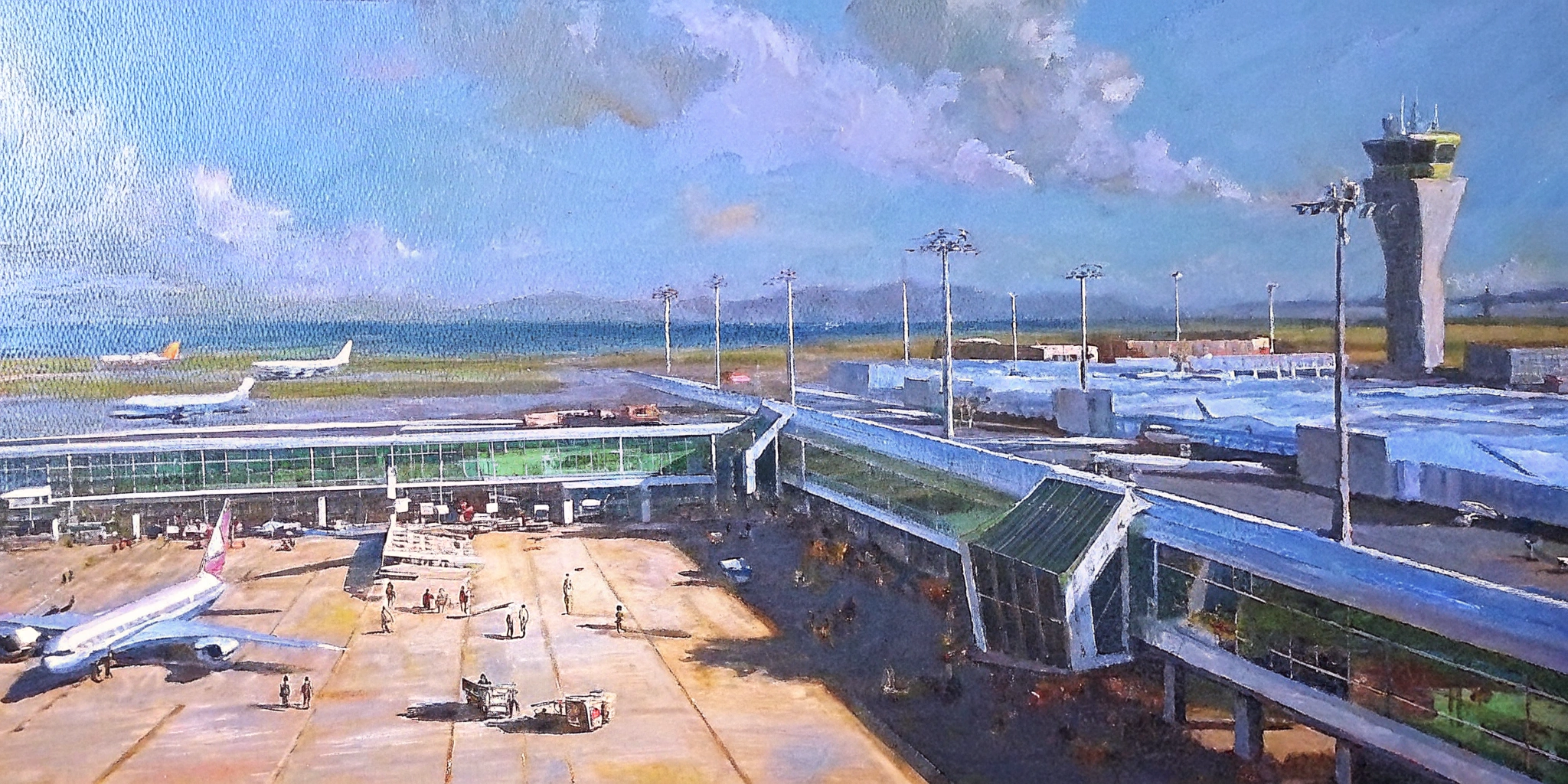As you begin and end your journey in San Francisco, you’ll encounter three simple letters countless times: SFO. They’re printed on your plane ticket, slapped onto your luggage tag, and displayed prominently on airport signs. It’s easy to guess that ‘SF’ stands for San Francisco. But what about that final letter, the ‘O’? Where did it come from?
Many travelers, and even some locals, speculate that it must stand for the city across the bay, Oakland. Others imagine it might be a cryptic acronym tied to San Francisco’s urban planning history. Today, we’re going to solve this small yet fascinating mystery that has puzzled visitors for decades. Within it lies a captivating piece of aviation history.

1. The Age of Two Letters: Airport Codes in the Dawn of Aviation
The story begins in the early 20th century, when the aviation industry was just taking flight. Before the establishment of the International Air Transport Association (IATA), most airports were identified by the two-letter codes used by the U.S. National Weather Service. This system was quite straightforward. Los Angeles was LA, Phoenix was PH, and San Francisco was simply SF. It was simple and clear.
But after World War II, the aviation industry experienced explosive growth, and a problem emerged. As the number of airports worldwide skyrocketed, the 650 possible two-letter combinations were no longer enough to assign a unique code to every airport. A new system was desperately needed to ensure the safety and efficiency of air travel.
2. The Birth of Three Letters and an Era of Naming Chaos
In 1945, with the formation of IATA, a new system was introduced, assigning a unique three-letter code to every airport. This expanded the number of possible combinations to over 15,600. The single most important rule was simple: “no two airports could have the same code.”
Interestingly, however, there was no universal rule for how these codes should be created. This ushered in what could be called an era of creative chaos in airport naming. Each airport and city devised its own method, resulting in the diverse and sometimes quirky airport codes we see today.
- Rule 1: The Easiest Fix, Just Add ‘X’: Many airports simply appended an ‘X’ to their existing two-letter codes. Portland (PD) became PDX, and Los Angeles (LA) became LAX. The ‘X’ had no special meaning; it was just a convenient, available letter.
- Rule 2: Use the City’s Name: The most intuitive method. Oakland took the first three letters of its name to become OAK, and Boston became BOS.
- Rule 3: Commemorate a Namesake: Some airports used the initials of their official name or a significant local figure. New York’s John F. Kennedy International Airport famously became JFK.
- Rule 4: Echoes of the Past, Honoring Forgotten Names: Some airport codes are derived from places or names that no longer exist. Chicago O’Hare’s code, ORD, comes from its former name, Orchard Field Airport. New Orleans’ airport code, MSY, is named after the Moisant Stock Yards, a nod to its local history. These codes are like secret historical markers.
- Rule 5: The Special Exceptions: Sometimes, the rules were just plain strange. This explains why Newark Liberty International Airport is EWR and not NEW. In the United States, codes beginning with ‘N’ are reserved exclusively for the U.S. Navy, so civilian airports couldn’t use them.
3. The Truth Revealed: Where Did the ‘O’ in SFO Come From?
So, let’s return to our original question. What rule did San Francisco’s SFO follow? According to John Hill, a curator at the SFO Museum, the ‘O’ has nothing to do with Oakland, despite the popular theory.
Oakland’s airport (OAK) was assigned its own three-letter code around the same time as San Francisco’s. Combining the two cities’ codes would have only created confusion. So, what’s the real story?
The answer is surprisingly simple, almost anticlimactically so.
San Francisco simply took its existing two-letter code, ‘SF’, and appended the last letter of its name, ‘O’, from San Francisco. It was the most convenient and straightforward way to create a new, unique three-letter code. There are no complex secrets or hidden meanings—the answer was in the name all along.
So, the next time you land in San Francisco and see the letters ‘SFO’, you can smile at that final ‘O’. It’s a small, amusing relic from a turbulent era in aviation history when airports all over the world were scrambling to define their new identities. Every airport code is its own little storybook. On your next trip, why not wonder about the story behind the code of the city you’re visiting? It might just make your journey feel a little more special.

Leave a Reply